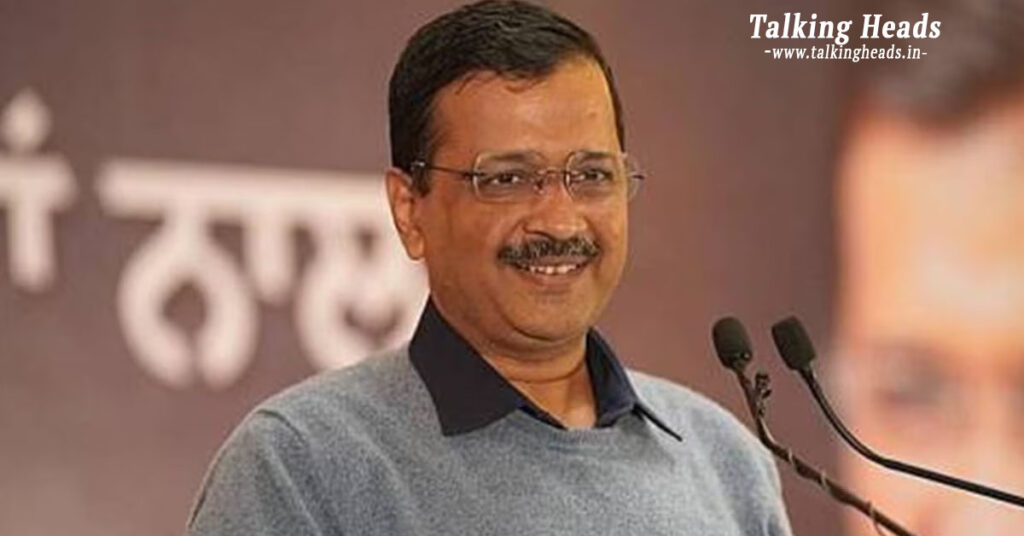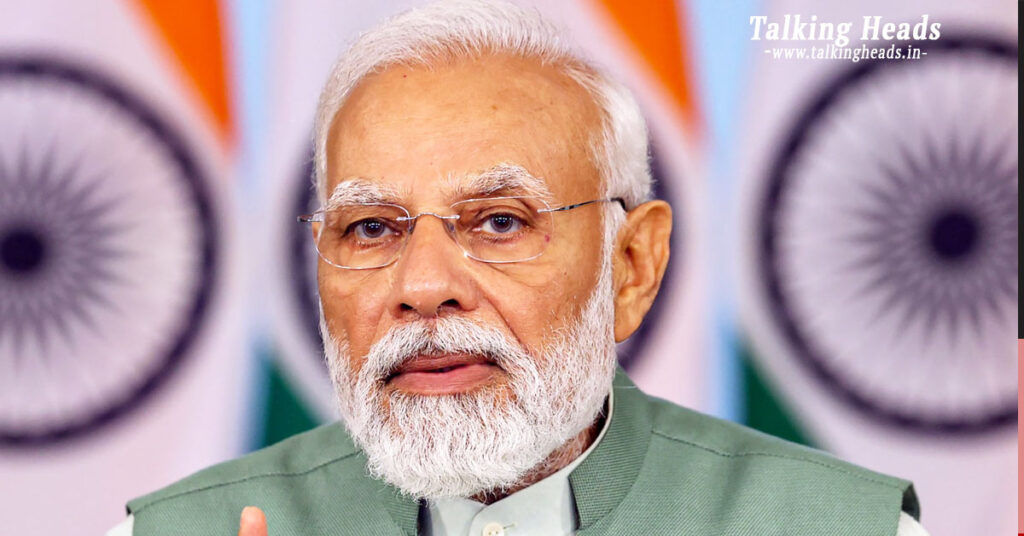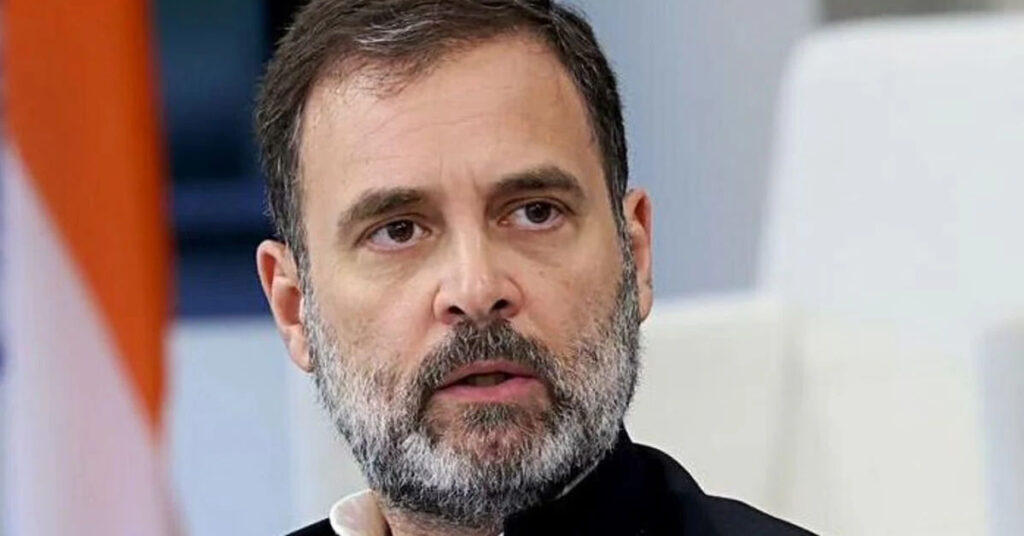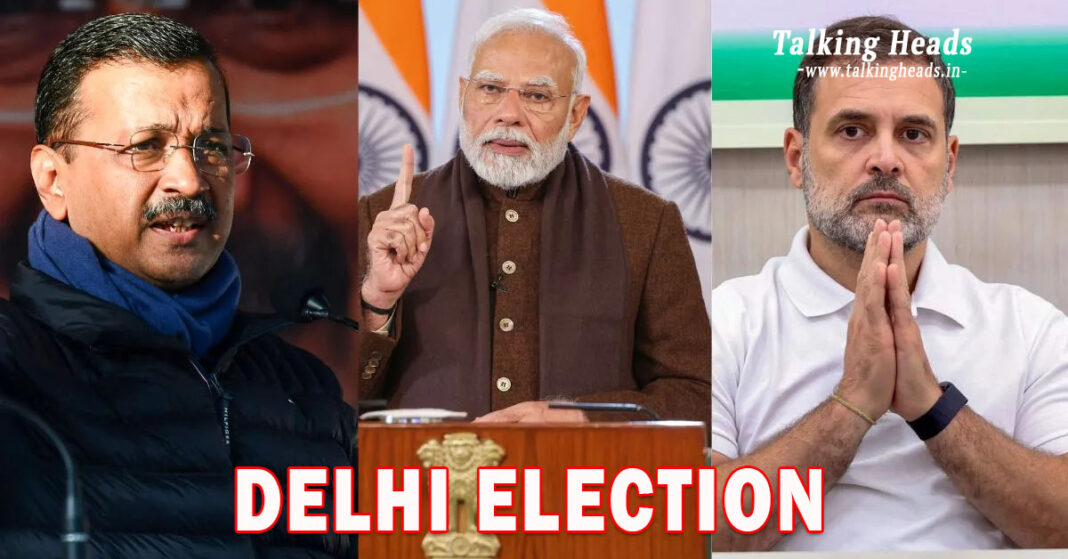Delhi Election 2025: Delhi is gearing up for its upcoming assembly elections, and the political landscape is witnessing significant shifts. While AAP (Aam Aadmi Party) has been in power for the last 10 years, this election might not be as smooth for them as in 2015 and 2020. With corruption allegations and anti-incumbency factors weighing in, Kejriwal and his party may face setbacks. On the other hand, BJP has strengthened its position through organizational strategies and grassroots engagement. Here’s a deep dive into the possible outcomes and key election factors:
Table of Contents
Delhi Election 2025: Anti-Incumbency and Corruption Allegations Against AAP

AAP has enjoyed strong public support in the past, primarily due to its governance model. However, the party is now facing anti-incumbency sentiments. Accusations of corruption, including the ‘Sheesh Mahal’ controversy, and the exit of eight MLAs right before the elections have dented Kejriwal’s image of honesty. Political analysts believe these factors may significantly impact AAP’s voter base.
BJP’s Rising Influence in Delhi Election
Unlike previous elections, BJP has revamped its strategy by focusing on community outreach instead of communal rhetoric. The party has worked on strengthening its booth-level management and connecting with various voter groups. According to experts, As a result, BJP’s vote share could cross 40%, with an expected gain in seats.
Delhi Election 2025: BJP’s Counter to AAP’s Freebies Strategy

AAP’s success has largely been attributed to its welfare schemes, including free electricity, water, and bus travel for women. In response, BJP has also promised similar benefits, such as providing Rs. 2500 per month to women. The party is attempting to create a narrative that the Delhi government is financially unstable and struggling to fulfill its promises, particularly pointing to AAP’s failure to implement a similar scheme in Punjab.
Congress: A Minor Player but a Vote Splitter
Though Congress is not in a strong position to win seats, its vote share is expected to increase from 4.3% in 2020 to around 6-7% this time. This could potentially hurt AAP, especially in key constituencies where a small shift in votes can make a difference.
Delhi Election 2025: Key Voter Demographics and Their Influence
Delhi’s voting patterns are significantly shaped by its diverse voter base:
- Muslims (12.9%): Influence constituencies in North-East Delhi, East Delhi, Chandni Chowk, and New Delhi.
- Jat and Gurjar Voters (17-20%): Impact nearly 50 constituencies.
- Poorvanchali Voters (25%): Hold key sway in areas like Burari, Badli, Sangam Vihar, Palam, Karawal Nagar, and Patparganj.
- Dalit Voters (18%): Spread across all 70 seats, making them a crucial voter segment.
Freebies vs. Rising Inflation: What Matters More?
AAP’s free bus travel scheme continues to benefit women voters, but inflation remains a pressing issue. While many voters appreciate free services, they are equally concerned about the rising cost of essential commodities. This contrast could impact voting decisions.
The Former AAP Voters Shifting to BJP
Certain voter groups, particularly among the Poorvanchali and Gurjar communities, are showing a shift towards BJP. The party has effectively mobilized these communities through targeted outreach. Similarly, the Dalit vote, traditionally aligned with Congress and AAP, is now being courted by BJP with increased representation from their leaders.
Congress’s Role in Vote Redistribution

Congress leader Rahul Gandhi has been actively engaging with the Dalit community, attempting to bring back the party’s traditional vote bank. This move may threaten AAP’s standing, particularly in constituencies where Congress gains traction.
Final Takeaway: AAP Still Leading, But With Challenges
Despite anti-incumbency factors, AAP is still projected to remain the leading party in Delhi. However, a potential vote share drop of 3-4% could make the race more competitive. If Congress performs better, it could narrow the gap between AAP and BJP. Additionally, AIMIM’s entry into some Muslim-majority seats might further split votes.
Conclusion
The Delhi Election 2025 is shaping up to be a tough battle for AAP, with BJP making significant gains and Congress playing the role of a vote splitter. Kejriwal’s leadership remains a key factor, but the opposition’s improved strategies could change the political dynamics. As February 5 approaches, all eyes will be on how Delhi’s voters respond to these evolving narratives.
Stay tuned for more updates on Delhi Election 2025!










